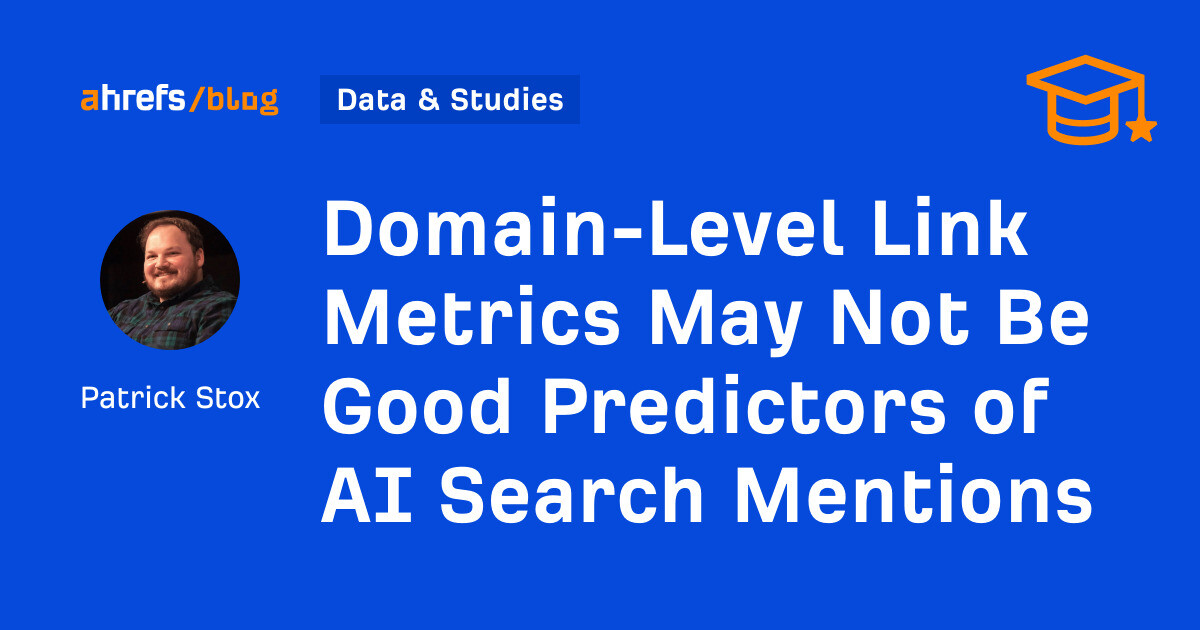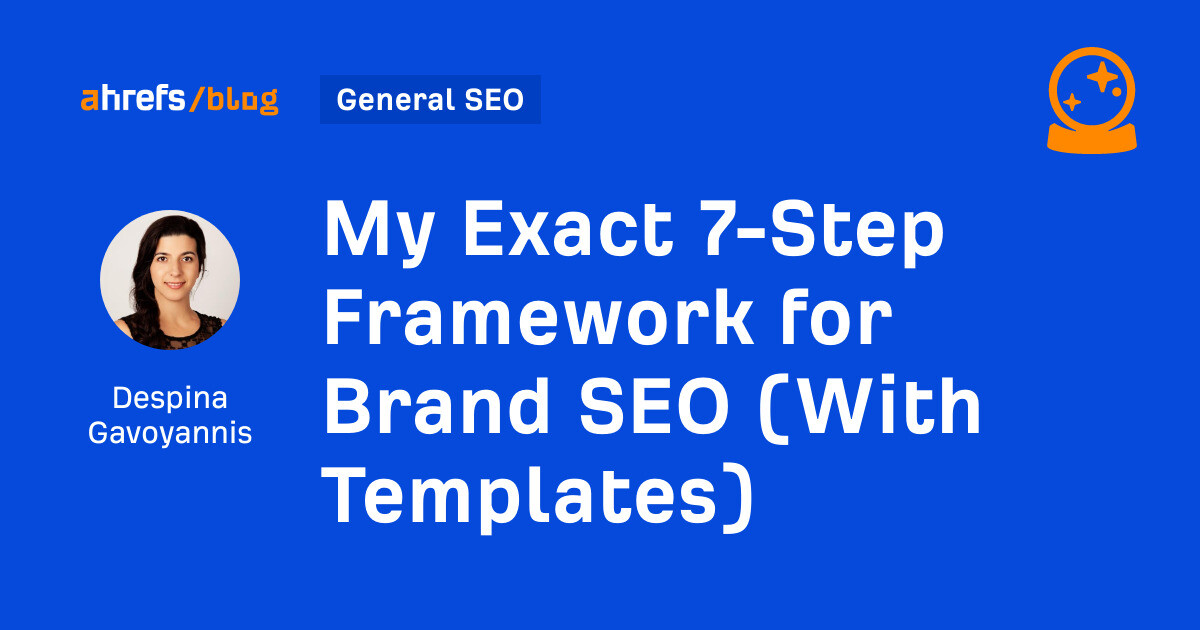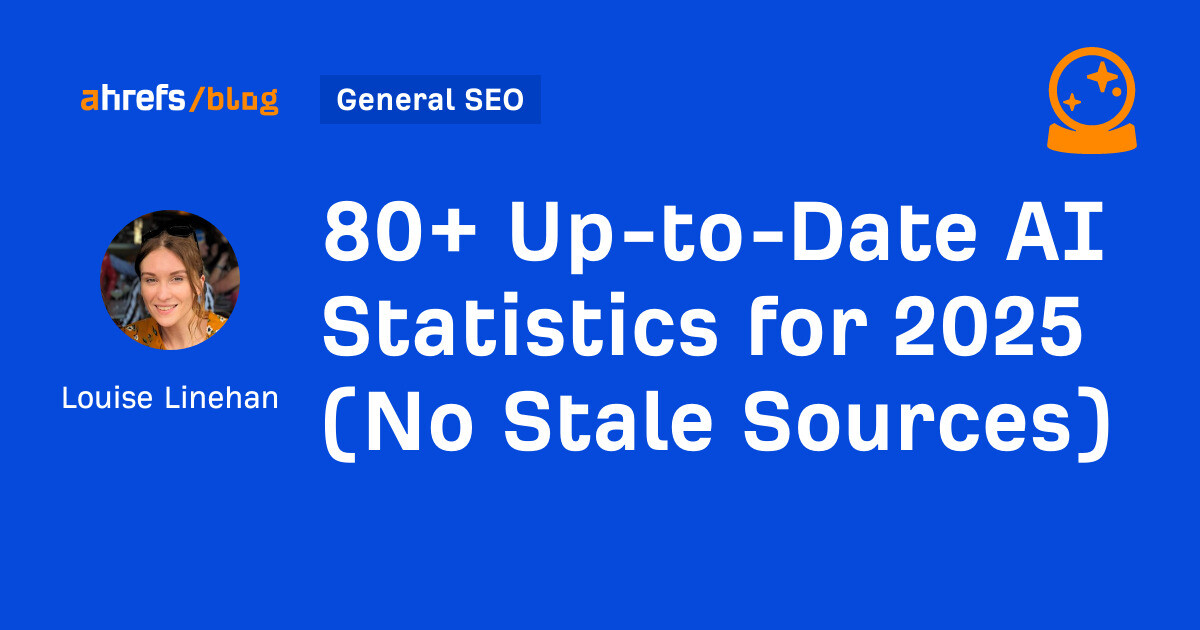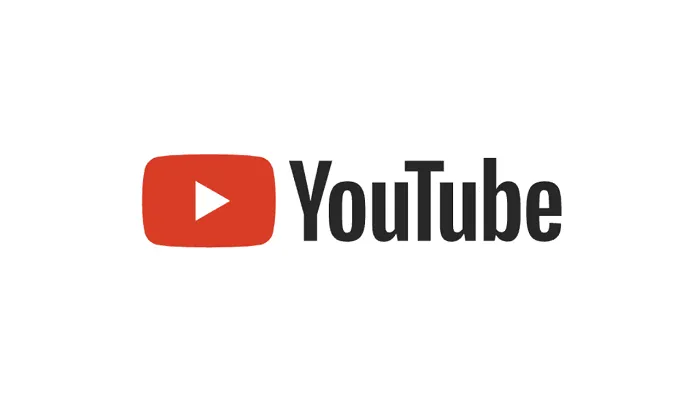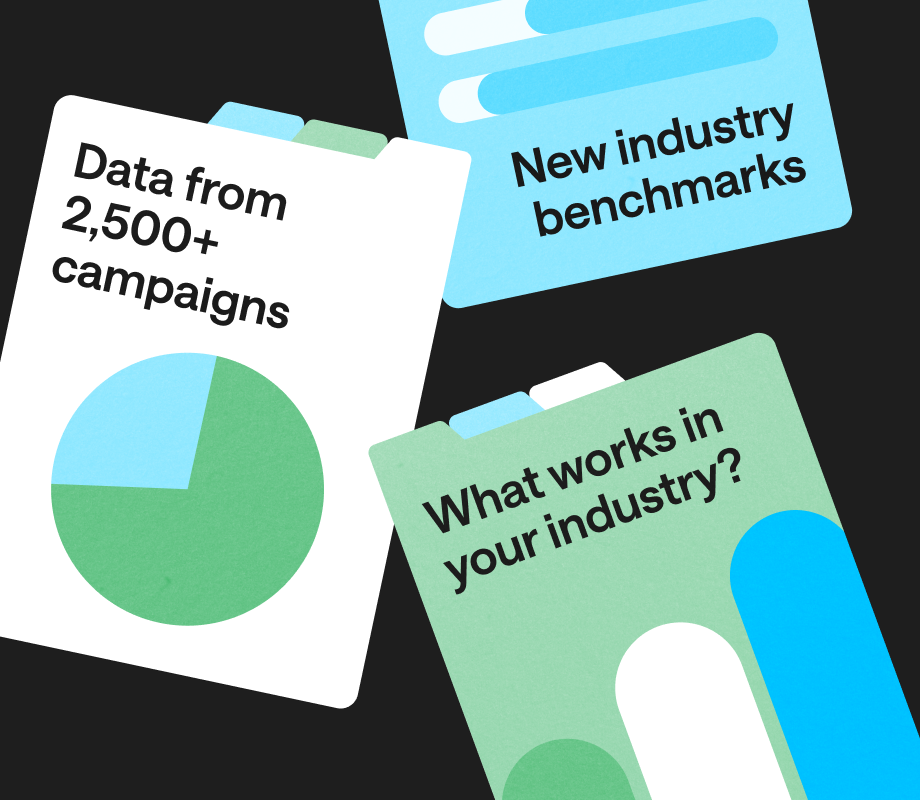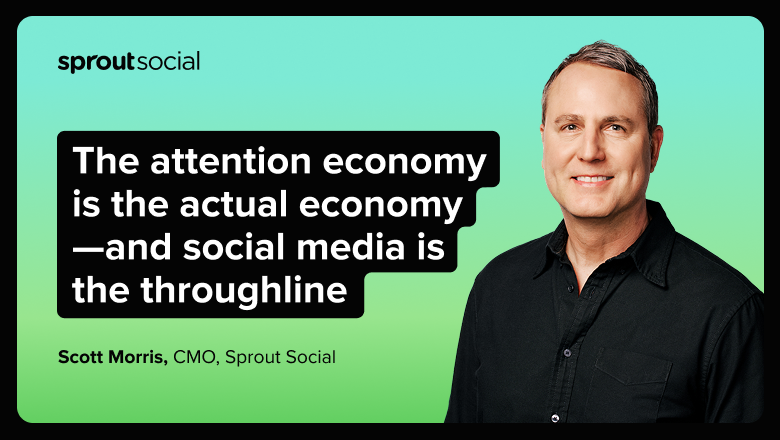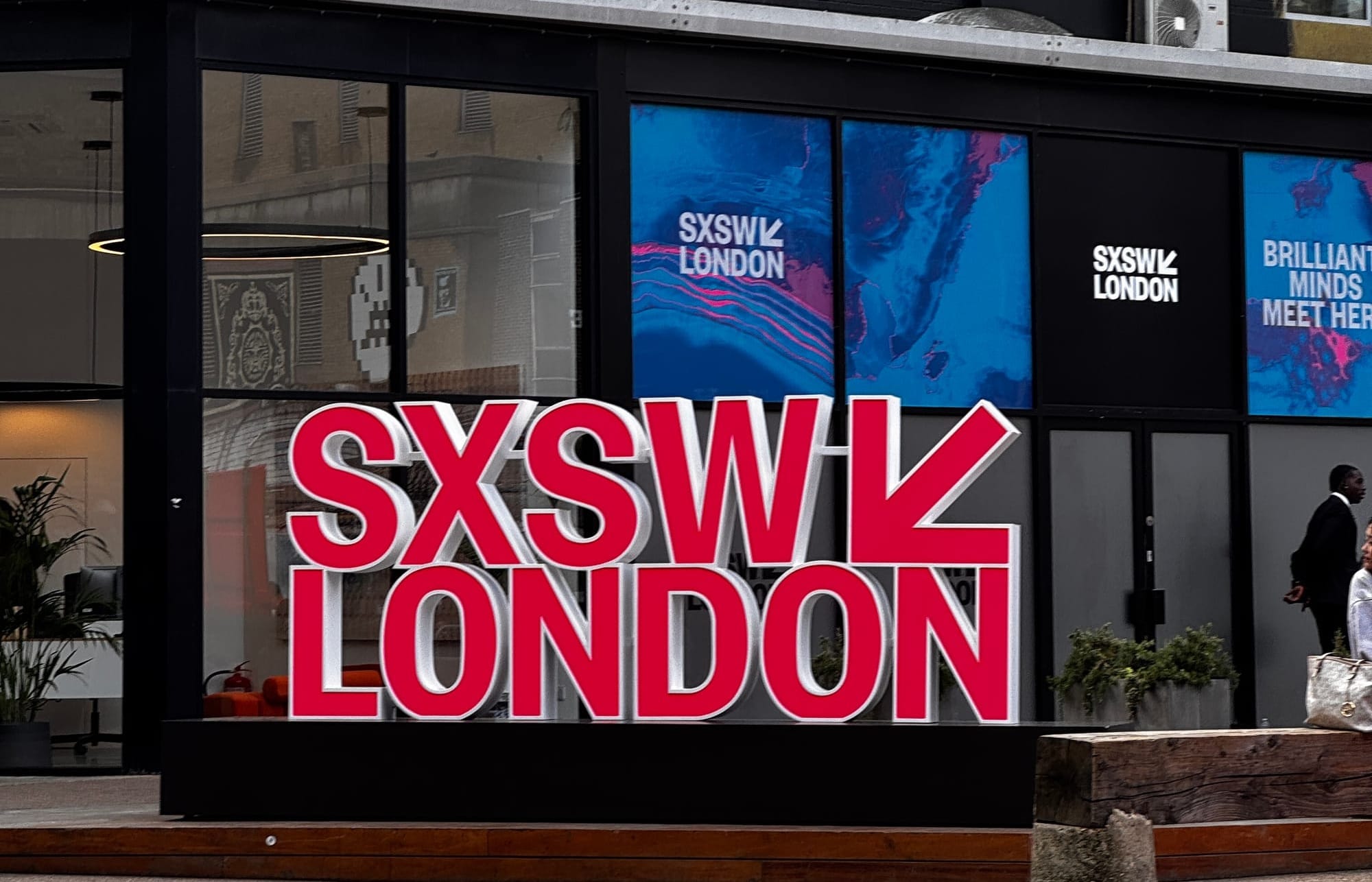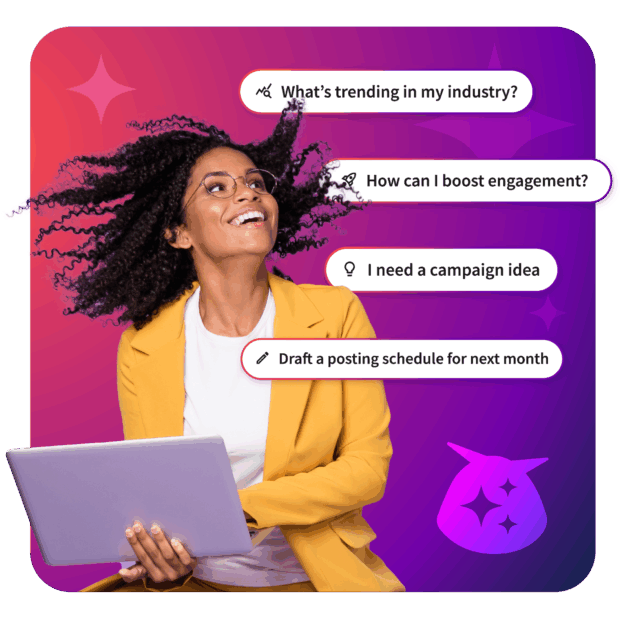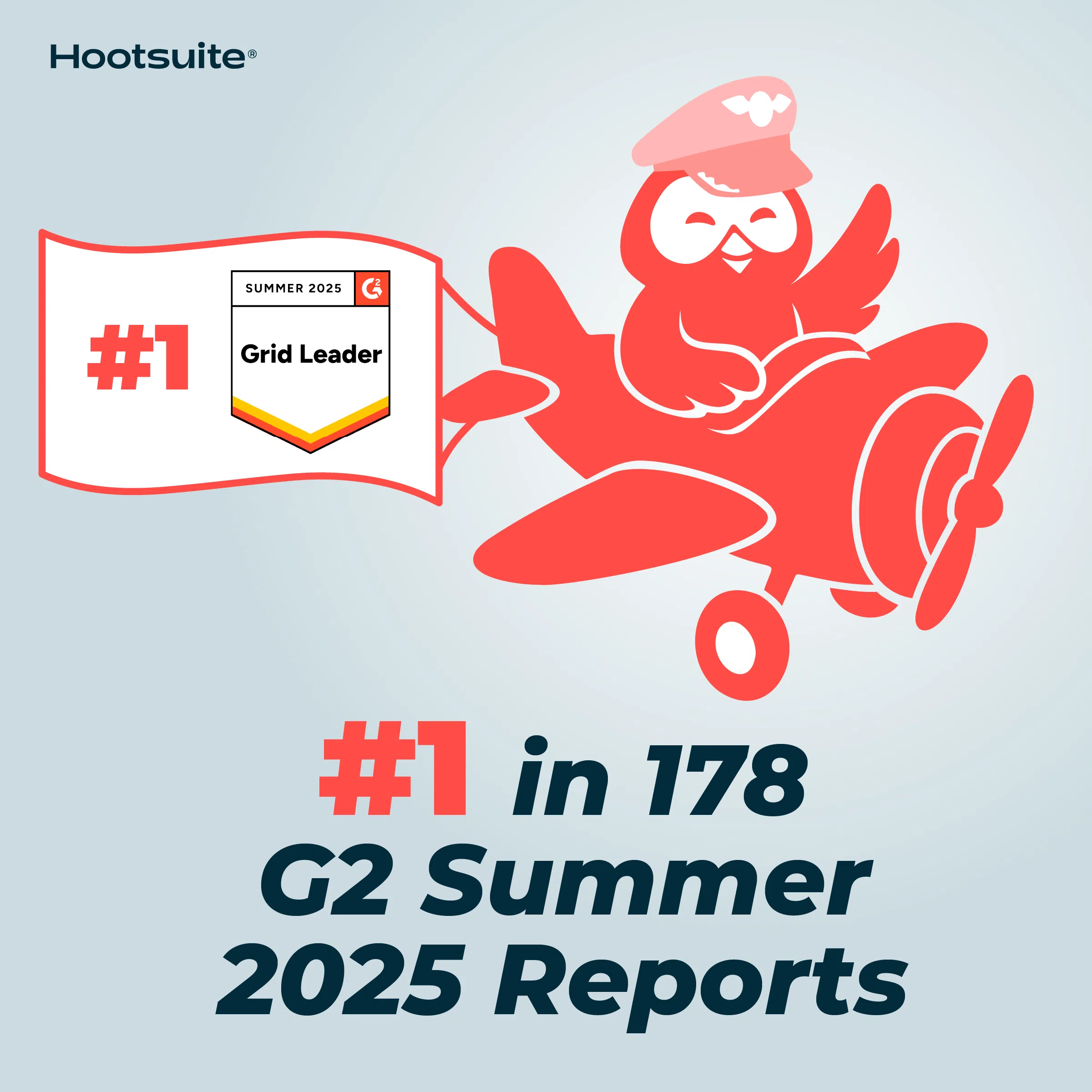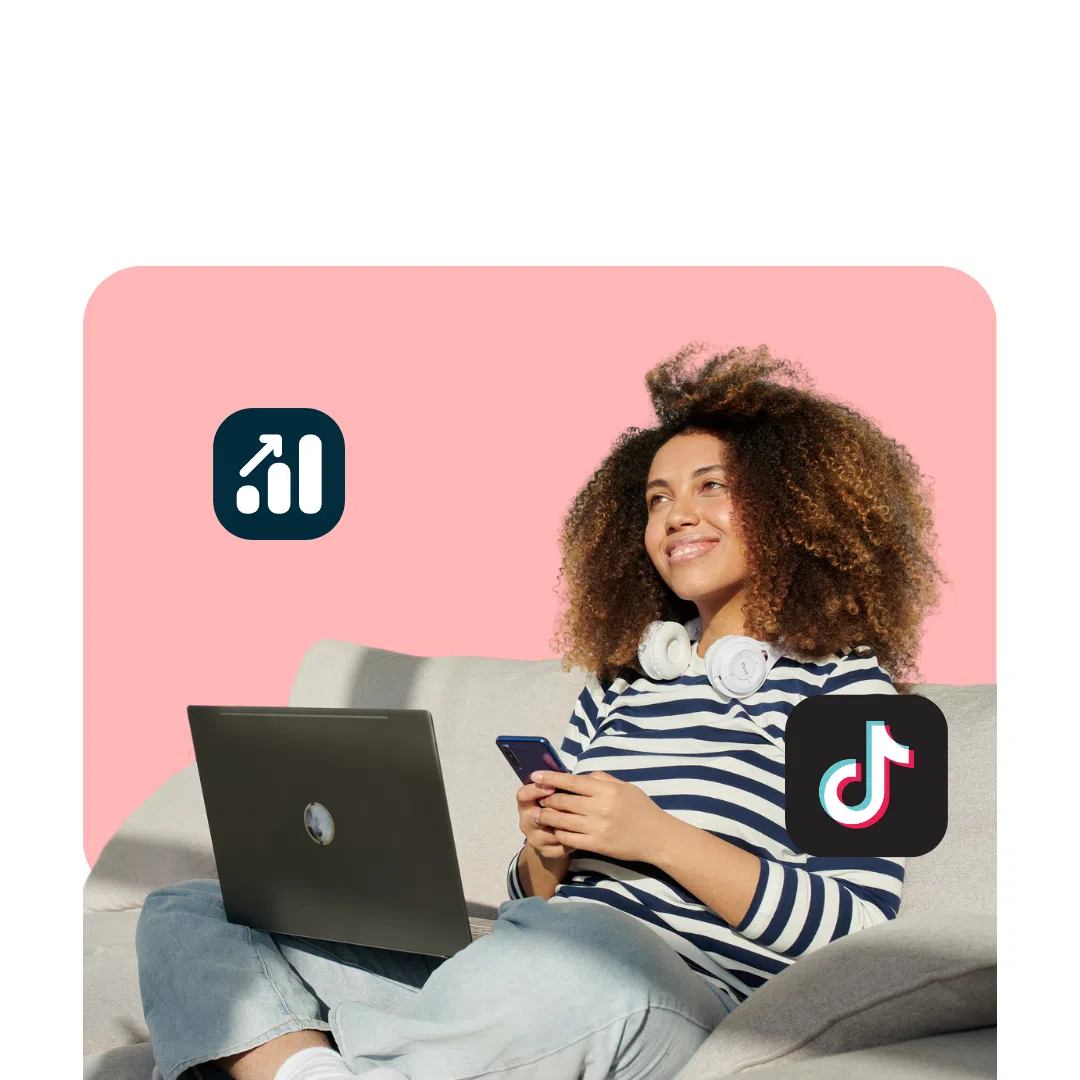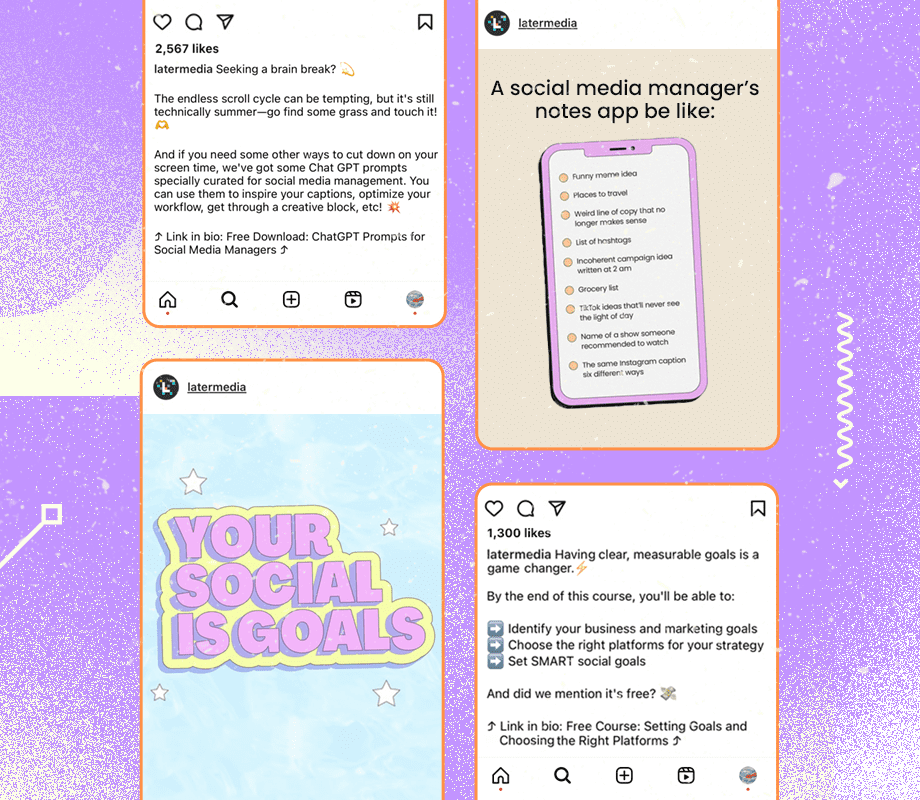Instagram advertising guide: How to run successful Instagram ads
With almost every brand turning to Instagram to market their products, you can bet that your competitor is on there too. Hundreds (if not Read more... The post Instagram advertising guide: How to run successful Instagram ads appeared first on Sprout Social.

With almost every brand turning to Instagram to market their products, you can bet that your competitor is on there too. Hundreds (if not thousands) of other brands are competing for user attention on the platform too, so relying on an organic strategy alone is no longer enough. Instead, you need a hybrid approach with a robust social media advertising strategy to back up your organic efforts.
Instagram advertising boosts your brand visibility to help you reach the right target audience. And with better visibility comes a better chance of driving sales, especially with the platform’s shopping features. In fact, the 2025 Sprout Social Index™ found that 29% of consumers make purchases directly on Instagram.
With that said, let’s find out how to do Instagram ads the right way.
What is Instagram advertising?
Instagram advertising involves the use of paid content to reach your target audience on the platform. These ads may show up as sponsored Stories, Reels or in-feed posts to targeted users. Users will see relevant Instagram ads based on demographic data or browsing history.
Businesses can create and manage their Instagram ad campaigns from the Meta Ads Manager. This campaign will be the overarching strategy with a well-defined goal, such as brand awareness or app installs. Each campaign may consist of ad sets that define the audience and delivery settings. Additionally, each ad set will have individual ad elements, such as visuals and captions, known as the ad creative.
Why you should advertise on Instagram
Organic social media strategies might seem cost-effective at first, but they rely on a lot of trial and error. And they can only get you so far when you’re up against ever-changing social media algorithms.
This is why it’s so important to focus on a social media strategy that incorporates both organic and paid tactics. This way, you get the best of both worlds. You’re actively engaging with your audience through your Instagram posts. Meanwhile, you’re reaching out to an even larger audience that might not know about your brand through Instagram ads.
This is good news because social media is where a lot of buying decisions happen. The Q2 2025 Sprout Pulse Survey found that social media has influenced purchases for 76% of all users. This “influence” comes from paid ads, influencer posts and brand content.
And it’s even more pronounced among younger generations. The figure rises to 90% for Gen Z and 84% for Millennials.

As a visual medium, Instagram ads give you a great way to show off your product. And with Instagram shopping, you can make it easier than ever for Instagram users to convert to customers.
On top of this, Instagram continues to see higher engagement than most social platforms. The 2025 Content Benchmarks Report found that brands see the highest average daily engagement on Instagram. Ads let you tap into this engaging power, helping you drive targeted engagement through strategic paid content.
How much does Instagram advertising cost?
The cost to advertise on Instagram depends on several factors like devices, demographics and day of the week. Other factors like whether your ad is running during a major televised event, will also influence cost.
Here are some of the key factors that will influence the cost of Instagram advertising:
- Bidding strategy: Your ad costs will vary depending on your bidding strategy. For example, the cost of each click (CPC) will be very different from the cost of every thousand impressions (CPM). Similarly, the costs will vary if you choose to pay for each acquisition/action (CPA).
- Audience targeting: Targeting a niche audience may result in lower costs compared to broad audience targeting. This is because your ads only show up for people who are highly likely to take action.
- Ad quality and relevance score: You can see lower ad costs with a higher ad quality and relevance score. Meta determines ad quality and relevance based on your audience targeting, offer and ad creative.
- Seasonality and competition: You’re likely to experience higher ad costs during seasons with higher competition. In particular, peak shopping seasons attract higher Instagram ad costs.
- Ad placement: Instagram typically charges based on impressions for Story ads. Meanwhile, in-feed posts may incur charges based on clicks or impressions. So your total advertising cost will vary based on placement.
On average, a CPC model typically costs between $0.01 and $0.25. With a CPM model, the costs can vary from $0.01 to $4.00. But keep in mind that these are only estimates, and your actual spending will depend largely on the factors highlighted above.
To make the most of your marketing budget, dedicate money to ads and campaigns only if they’ll help your bottom line.
Put money behind posts and content that you already know perform well organically. Test everything to see what performs best and dedicate most of your ad spend to that. Make sure to measure your ad success and take note of anything that didn’t do as well as you’d hoped.
How to create Instagram ads in Meta Ads Manager
To create ads for Instagram within the Meta Ads Manager, log in to your Facebook Page. Then go to your Ads Manager account and click on the “Create” button to build a new campaign.

Step 1. Choose your ad objective
Start by choosing a relevant ad objective that’s relevant to your business goals. Meta gives you six options: awareness, traffic, engagement, leads, app promotion and sales. Make sure to choose an objective that supports Instagram as an ad placement.
As you hover over each objective, the right-hand panel shows you a preview of what it’s good for. Meta recommends choosing traffic, engagement, leads or sales for Instagram ads. For this example, we’ll choose the traffic objective.

Step 2. Name your Instagram ad campaign
After selecting your ad objective, give your campaign a name. This is the best way to keep track of your ads within the Ads Manager.
You’ll then select any special categories that apply and specify campaign details.
You can also toggle on the “A/B test” button to automate a split test for different ad variations. This is also the stage where you decide whether to optimize your budget across ad sets. Select Advantage Campaign Budget to automatically distribute your ad budget across your ad sets. Or you can manually allocate spending for each ad set.

Step 3. Decide on your ad format
Before we dive deeper into the next steps, make sure you have a clear idea of which ad format you want to use.
The Ads Manager will give you the option to upload your creatives later on in the process. But deciding on your ad format early on will give you more clarity on how to serve your ads. For instance, if you decide to create Story ads, you could opt to exclude Explore and Feed placements.
You get to choose from three main ad formats:
- In-feed ads: These are ads that show up as sponsored content within a user’s regular Feed. They may include single image ads, carousel ads and even videos.

- Story ads: These are ads that show up as sponsored content while a user browses through their Stories Feed. They can be in the form of still images, videos or multi-product listings.

- Reel ads: These are ads that show up as sponsored Reels while users browse through organic Reels content.

Step 4. Design your ad creative
Once you’ve decided on an ad format, it’s time to prepare your ad creatives. Having your ad creatives ready early on will help you speed up the campaign creation process. So you don’t have to scramble to write an engaging caption or create a new video in the middle of building a campaign.
- For in-feed ads, use visuals that instantly catch the eye. Include text overlay that highlights attractive offers or key product benefits. Write short but engaging captions that align with the offer and add a sprinkle of emojis to break up text blocks.
- Story ads are great for retargeting existing customers or users who have previously interacted with your brand. Share a curated selection of products based on the user’s browsing history or buying behavior. Or use attractive visuals with compelling text overlay that can get users to take a pause.
- For Reels ads, make sure to use videos that blend in seamlessly with organic Reels content. Use trending music to instantly engage viewers. Additionally, clear in-video captions are great for engaging viewers who watch with the sound off.
This is also a good time to give our Instagram ad sizing guide a second look to ensure you’re uploading the correctly sized ad assets.
Step 5. Choose your conversion location
Meta now requires advertisers to choose a conversion location for most ad objectives. This is the place where your desired business outcome will take place. For instance, traffic ads will give you the option to send traffic to your website, get people to call your business, etc.
Let’s choose to send traffic to your Instagram profile for this example.

You’ll also get the option to choose your Identity, where you decide which Facebook Page will run the ad. The Destination section lets you choose where to send people when they tap on your ad. For this example, let’s focus on Instagram profile visits only.

Step 6. Define your ad budget and schedule
When you advertise on Instagram, you have full control over when you’ll run ads and how much you’ll spend on them.
First, choose between a daily budget and a lifetime budget. Daily budgets allow for your ads to run indefinitely while spending up to your allotted amount each day (you can still set start and end dates). Ads with lifetime budgets will run for a set amount of time.
If you choose a lifetime budget, you can also select a specific schedule for your ads. Perhaps you want them to appear only on weekdays or weekends. Manually choose the days and times your ads will appear for your target audience to get the most out of your ad spend.

Step 7. Target your audience
And now, we get to the good part! Targeting your audience is how you’ll optimize your Instagram advertising strategy.
You don’t want to waste money by trying to target anyone and everyone. This is your opportunity to really nail down the demographics, interests and behavior of your brand’s target audience.
There are three types of audiences you can potentially advertise to:
- Core audiences: These are audiences targeted based on demographics, interests and behaviors. For instance, you can target people aged between 18 and 25 interested in art and living in a specific area.
- Custom audiences: You can target a Custom Audience including website visitors, customer lists or app users. This is a great way to retarget users who are already familiar with your brand. So you can save on ad costs by focusing your ad spend on users who are likely to buy from you again.
- Lookalike audiences: Meta also lets you create a Lookalike Audience consisting of new users who are similar to your most valuable audiences. This involves defining a lookalike source, such as an existing Custom Audience. You can further customize this audience by location and size.

Step 8. Choose your ad placements
This is where you’ll decide where to display your ad. Meta recommends using Advantage+ placements where the platform decides the best placement for you. It will determine where your ads are likely to perform best. Based on this, it will automatically distribute your ad set budget between different placements.
This is a great option if you’re new to Instagram advertising or if you don’t have a specific placement in mind.
Otherwise, choose the Manual placements option to customize it to your unique preferences. This lets you exclude specific placements, such as Stories, Explore, Reels, search results and so on.

How to boost an Instagram post
Boosting an existing post is the easiest way to advertise on Instagram. Here’s what you need to do:
Step 1. Choose an existing post to boost
Start by deciding on the content you want to boost. Instagram lets you create ads from existing Reels, Stories and Feed posts.
We recommend going through individual post insights to see which ones drive the most engagement. This indicates that the post resonates with your audience. So they’re more likely to perform well even as sponsored content.
Once you’ve decided on the post, tap on Boost post.

Step 2. Select your goal
What’s the purpose of boosting your post? Do you want more people to visit your profile, message you or visit your website? Choose the goal that best fits your business objectives. You can even choose between a mix of actions to boost overall performance.

Step 3. Define your audience
Who should see your ad? Instagram gives you the option to target users similar to your existing followers. You can also manually enter your own targeting options if you want to reach a different audience.

Step 4. Set a budget and an ad timeline
How much do you want to spend on your ad? Set a budget to limit your daily ad spend and avoid overspending. Additionally, set a duration for your ad so it will automatically stop showing up once the campaign ends.

Step 5. Launch your ad and track metrics
You can then preview your ad and add funds to start boosting your post.
Once the boosted post is live, keep a close eye on its performance. Are you reaching enough people? Is it driving engagement and actions? These metrics will help you understand if the ad is working. Then use those insights to inform your future ads.
Best practices for successful Instagram ad campaigns
If the 2025 Content Benchmarks Report revealed anything, it’s that posting a lot isn’t going to cut it. Audiences value authenticity and originality when interacting with brands on social media. So every post and every ad campaign needs to be more purposeful to build meaningful connections.
With this considered, here are some best practices to help you create successful ad campaigns on Instagram.
Use compelling visuals and copy
Targeting may get your brand in front of the right people. But it’s the content that will capture their attention and get them to act. So everything from your visuals to your copy should captivate your audience.
Think: high-resolution images or entertaining Reels with clear captions that show exactly what’s in it for them. Here are a few tips to create impactful ad creatives:
- Highlight offers and benefits immediately within the visual instead of burying them in the caption. Use text overlays or in-video captions for this.
- Focus on benefits instead of features. Help the audience understand what they get out of the deal.
- Lean into original and entertaining content to humanize your brand. The 2025 Sprout Social Index™ found that this should be one of the top priorities for marketers.
- Use clear and concise copy to get your point across. Avoid sacrificing clarity for clever copy.
The following ad from Two Brothers Organic Farms applies these best practices.

A/B test ad elements and placements
More often than not, your ads won’t work out the first time around. Successful Instagram advertising needs a lot of testing and refining. From ad placements to ad creative, you can only know what resonates with your audience once you see how they respond to the ad.
Make sure to turn on the A/B test option during your ad set up. Or you can run a separate test to see how different ad elements generate reactions from your audience.
Consider seasonalities and trends
Imagine seeing an ad for Christmas-themed products in the middle of June. Odds are that the ad will unlikely get any clicks because it’s just not the season.
Be strategic with your ads that you’re offering the right products at the right time. Similarly, make sure to time relevant seasonal offers for peak buying seasons. For instance, back-to-school discounts, Mother’s Day gift packages and so on.
Beyond this, pay close attention to the trends shaping online culture so you can adapt your ad strategy accordingly. Build offers based on trending topics or write copy using language that resonates with younger audiences.
At the same time, avoid relying too heavily on the latest trends. According to the 2025 Content Benchmarks Report, following every trend isn’t what makes a brand memorable. In fact, it could have the opposite effect, with 33% of consumers in the 2025 Sprout Social Index™ finding it “embarrassing.”
Design for sound-off viewing
When it comes to Reels ads or any video-based ad, sound may be instrumental in getting your message across. Yet many people prefer to watch Reels with the sound off. A ChatterBlast study even found that over 68% of people preferred sound off for engagement videos. For conversion videos, the figure jumps to over 77%.

So if you’re relying on sound alone to share your message, you could be missing out on potential engagements and conversions. Not to mention the missed opportunity to create more accessible, more inclusive ads. Design your video ads for sound-off viewing and use closed captions or subtitles to engage a more diverse audience.
Visualize your Instagram ad performance with Sprout
You’ve created your ad, but it’s essential to check up on performance. When you have a good understanding of your ad performance, you get an accurate idea of its ROI. This informs your strategy and helps you optimize your Instagram advertising efforts in the long run.
Social media management solutions like Sprout Social streamline the process of managing and tracking your Instagram ads. You can run promotions on your Instagram ad account directly through Sprout without having to switch platforms. This enables you effortlessly maximize your content’s reach and manage your organic strategy in one place.
Sprout also provides tools for boosting posts from the Post Performance Report. You get to see your top-performing posts and instantly boost them within the same dashboard. Additionally, you can easily keep track of ad comments in the Smart Inbox. This helps you monitor conversations around your ad and respond as needed.
Once your ads go live, keep track of their performance using the Paid Performance Report for Instagram. This shows you the metrics that matter most, such as engagements, impressions, clicks and more.

Advertise on Instagram today
Instagram advertising is the easiest way to cut through the noise and get your brand in front of the right audience. When you’re ready to start creating your first Instagram ad, you need the right tools to manage your campaigns and track performance.
That’s where Sprout comes in, offering robust tools to create your Instagram ads and manage their performance. Sign up for a free 30-day trial and see what you can do.
The post Instagram advertising guide: How to run successful Instagram ads appeared first on Sprout Social.













_1.jpg)


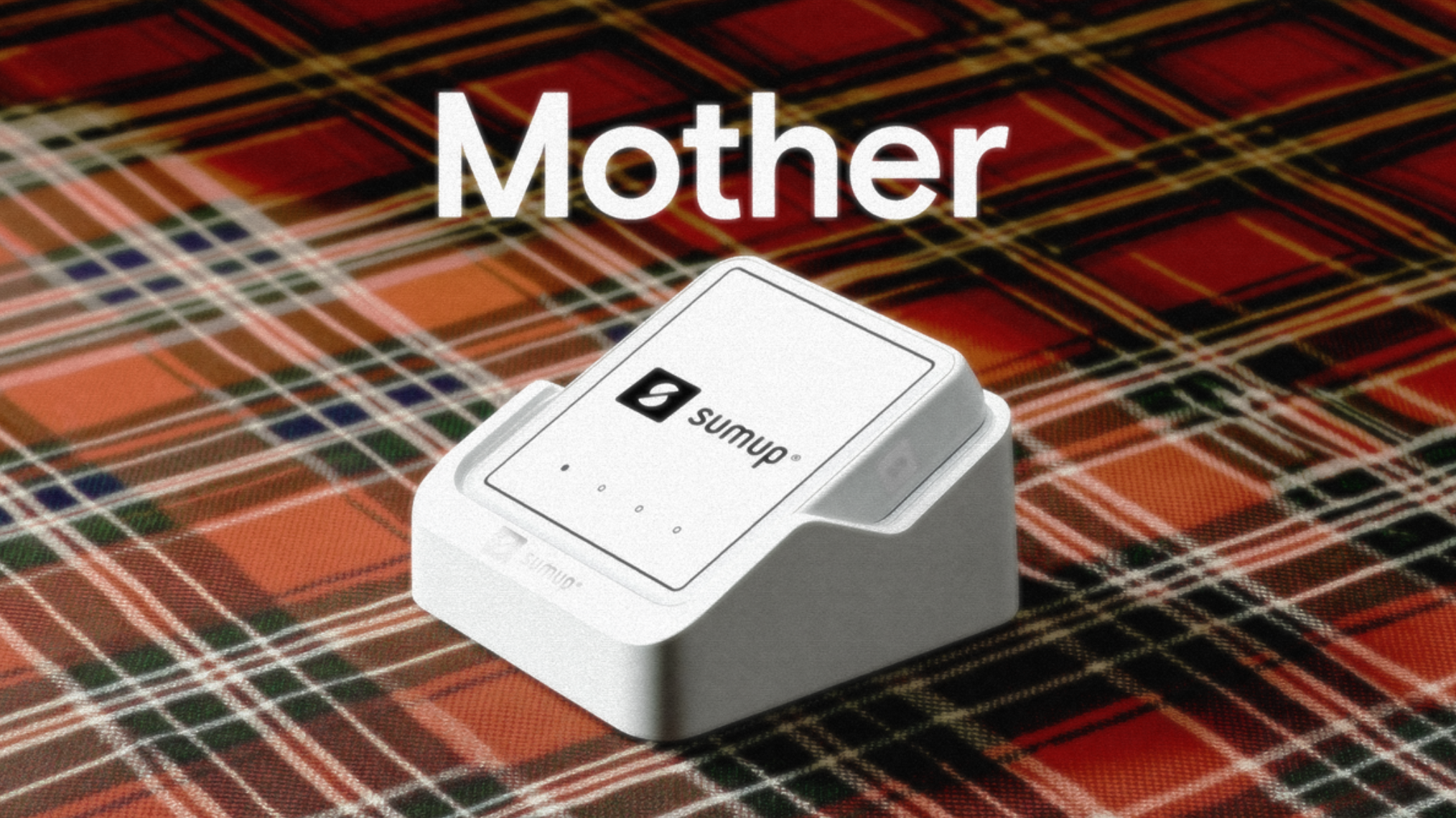




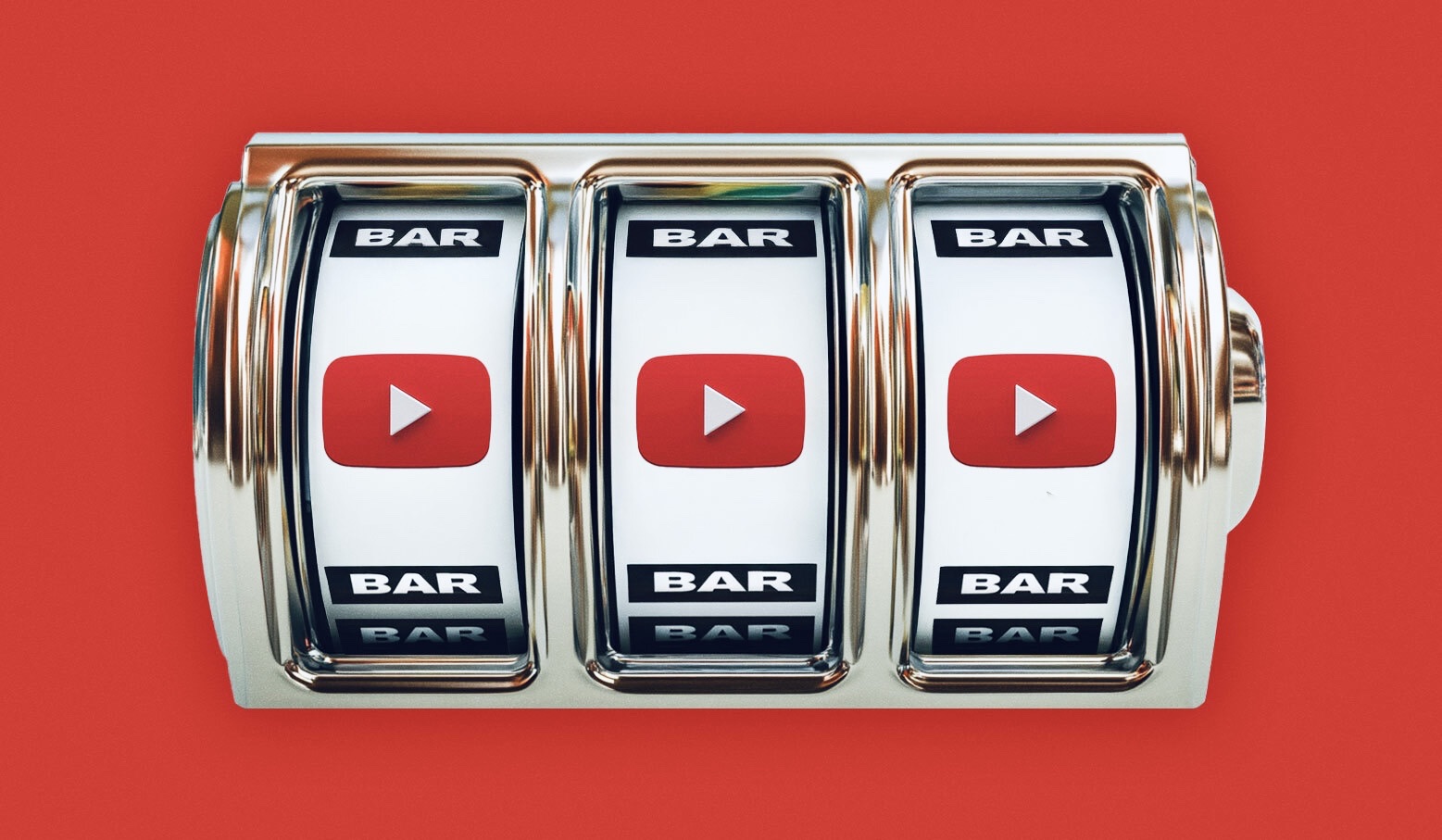

![How To Drive More Conversions With Fewer Clicks [MozCon 2025 Speaker Series]](https://moz.com/images/blog/banners/Mozcon2025_SpeakerBlogHeader_1180x400_RebeccaJackson_London.png?auto=compress,format&fit=crop&dm=1750097440&s=282171eb79ac511caa72821d69580a6e#)

![Brand and SEO Sitting on a Tree: K-I-S-S-I-N-G [Mozcon 2025 Speaker Series]](https://moz.com/images/blog/banners/Mozcon2025_SpeakerBlogHeader_1180x400_LidiaInfante_London.png?auto=compress,format&fit=crop&dm=1749465874&s=56275e60eb1f4363767c42d318c4ef4a#)

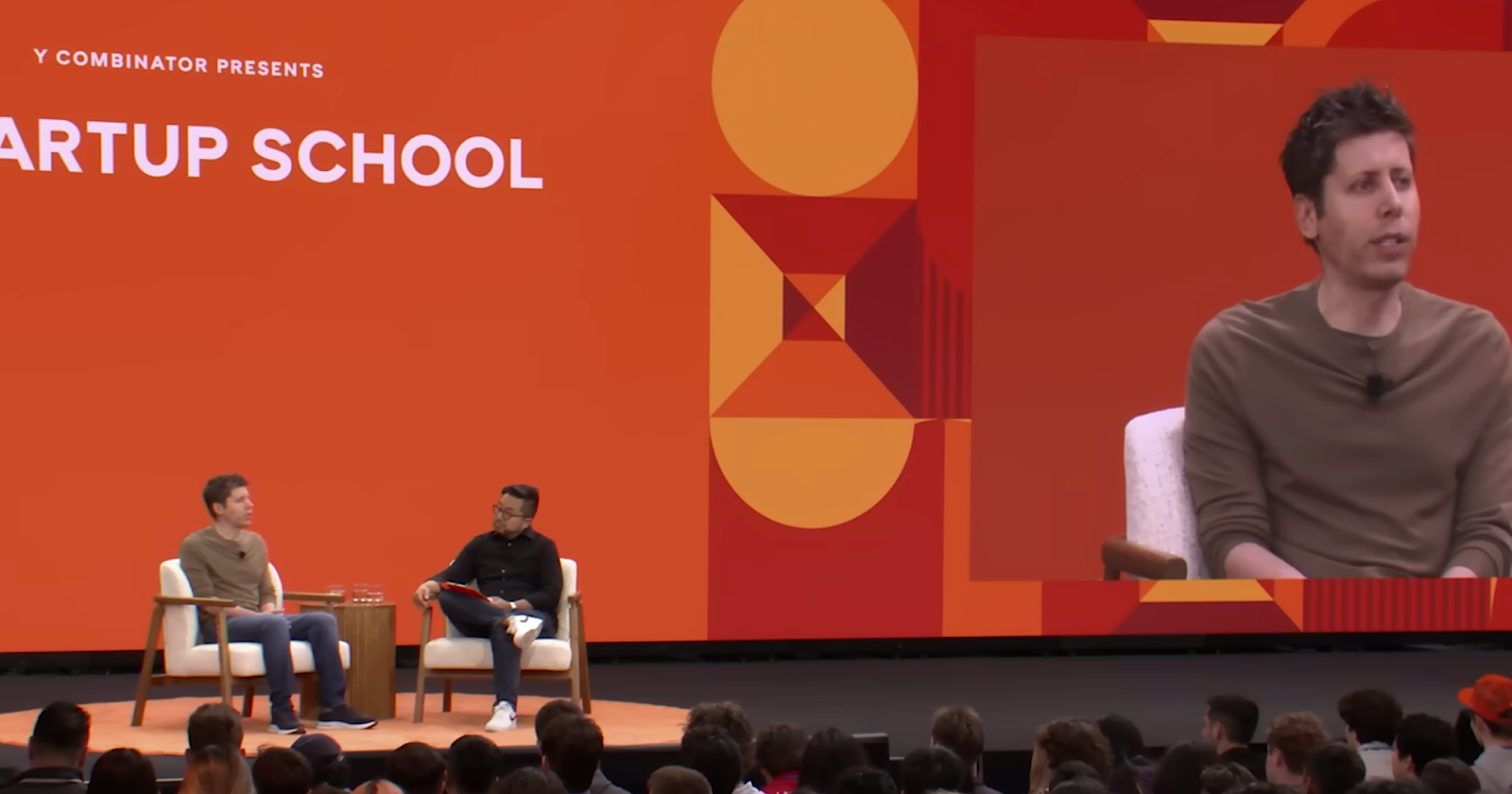

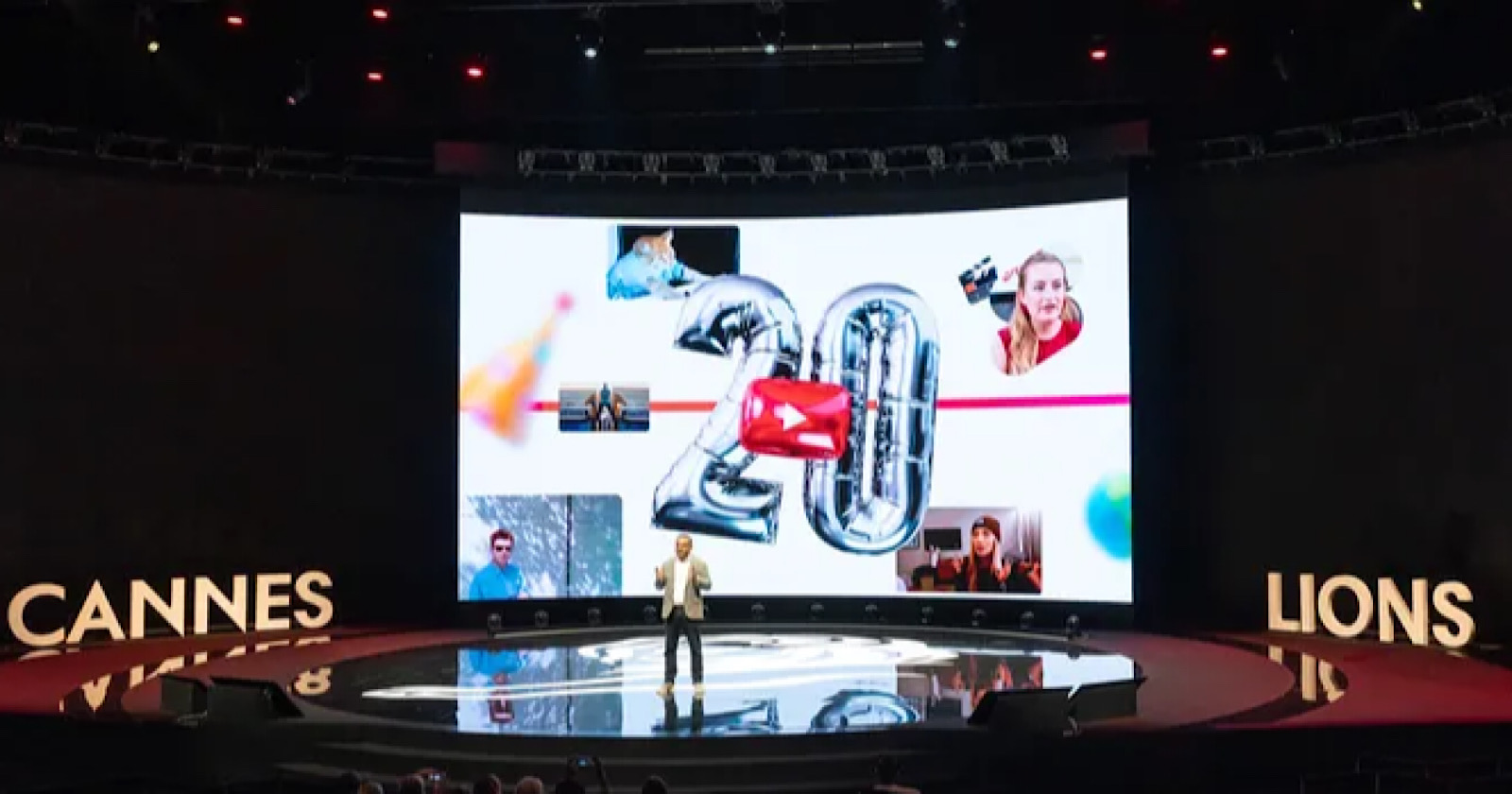





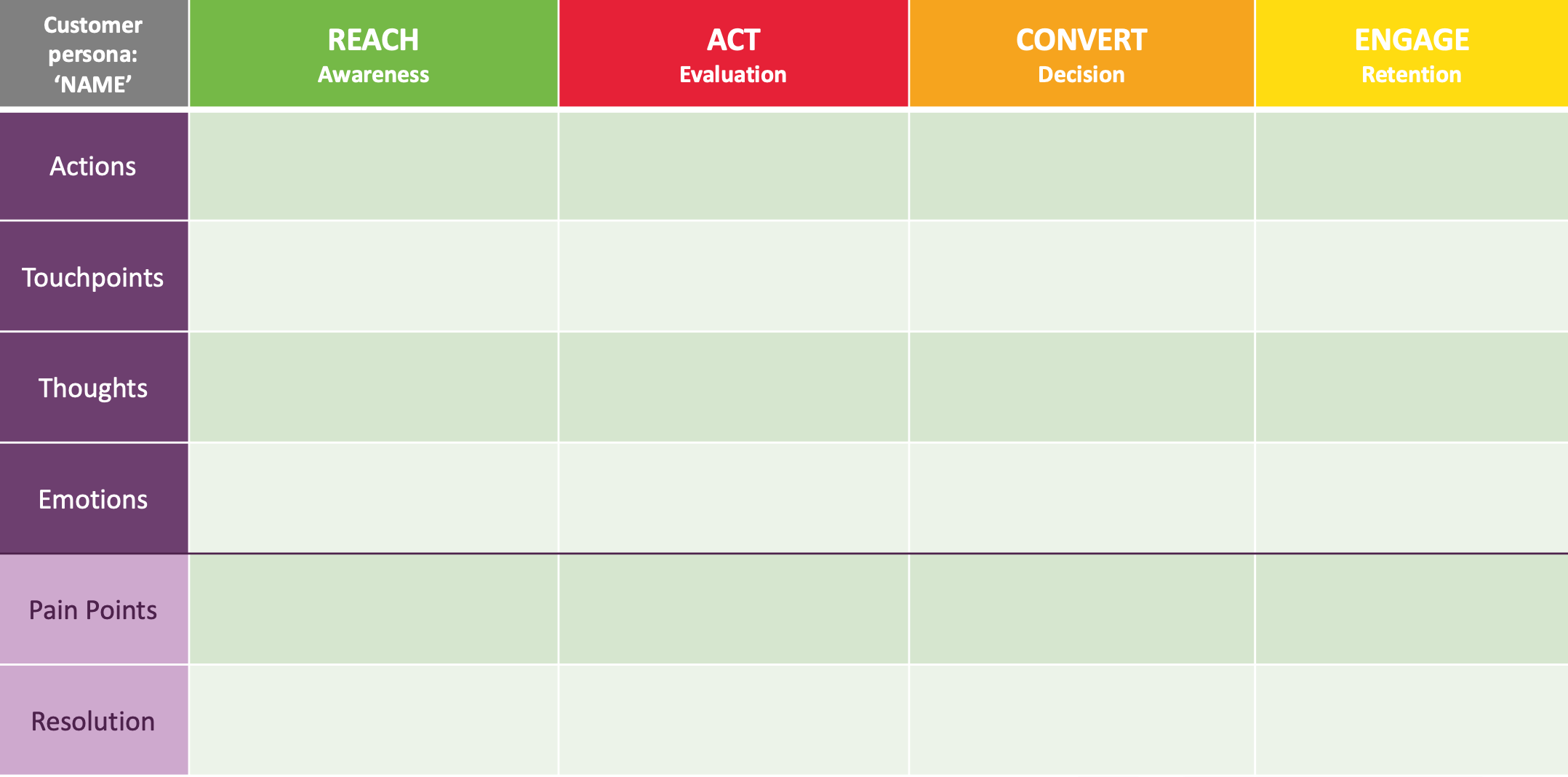















![The 11 Best Landing Page Builder Software Tools [2025]](https://www.growthmarketingpro.com/wp-content/uploads/2024/04/best-landing-page-software-hero-image-1024x618.png?#)



































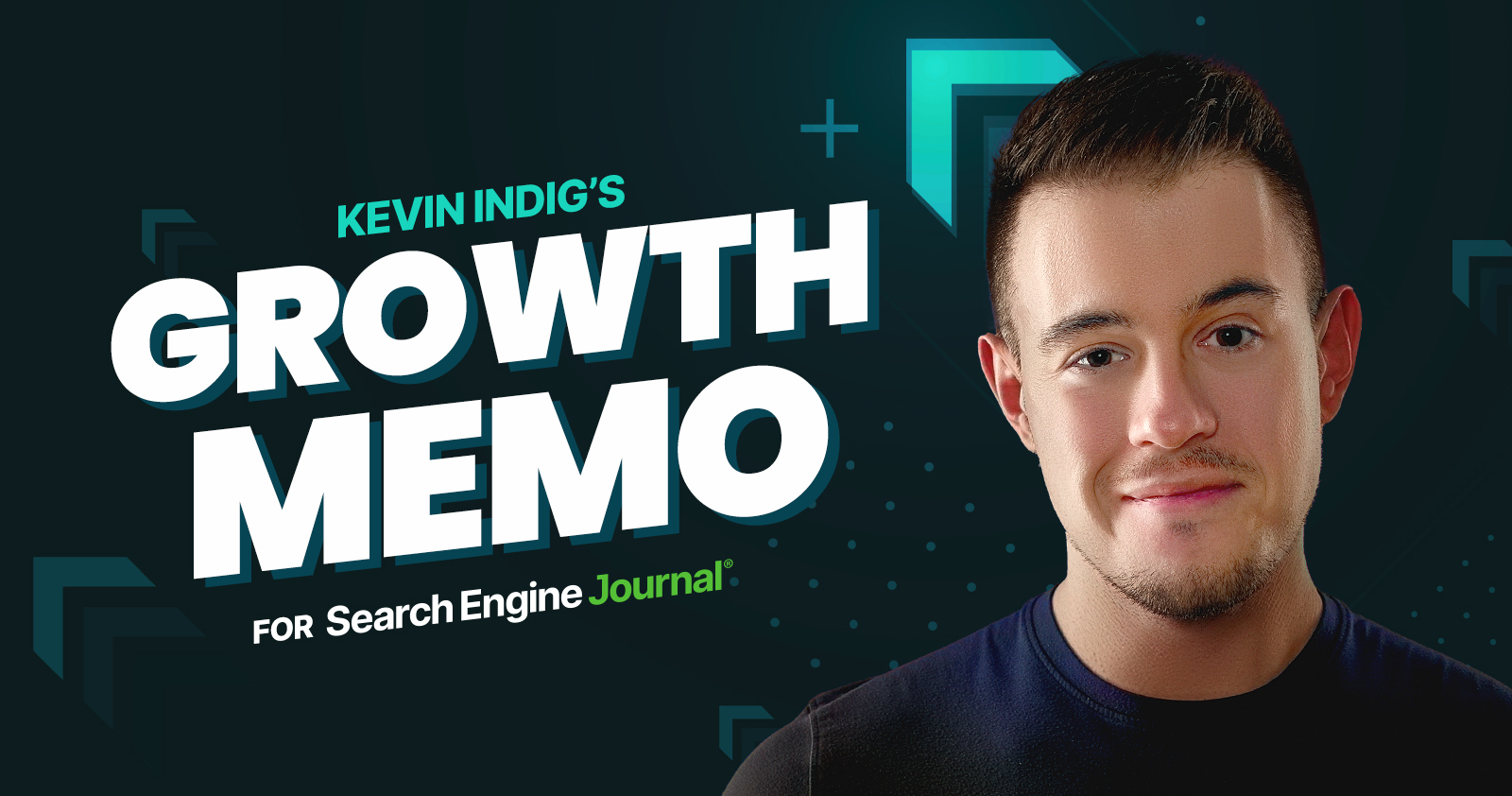
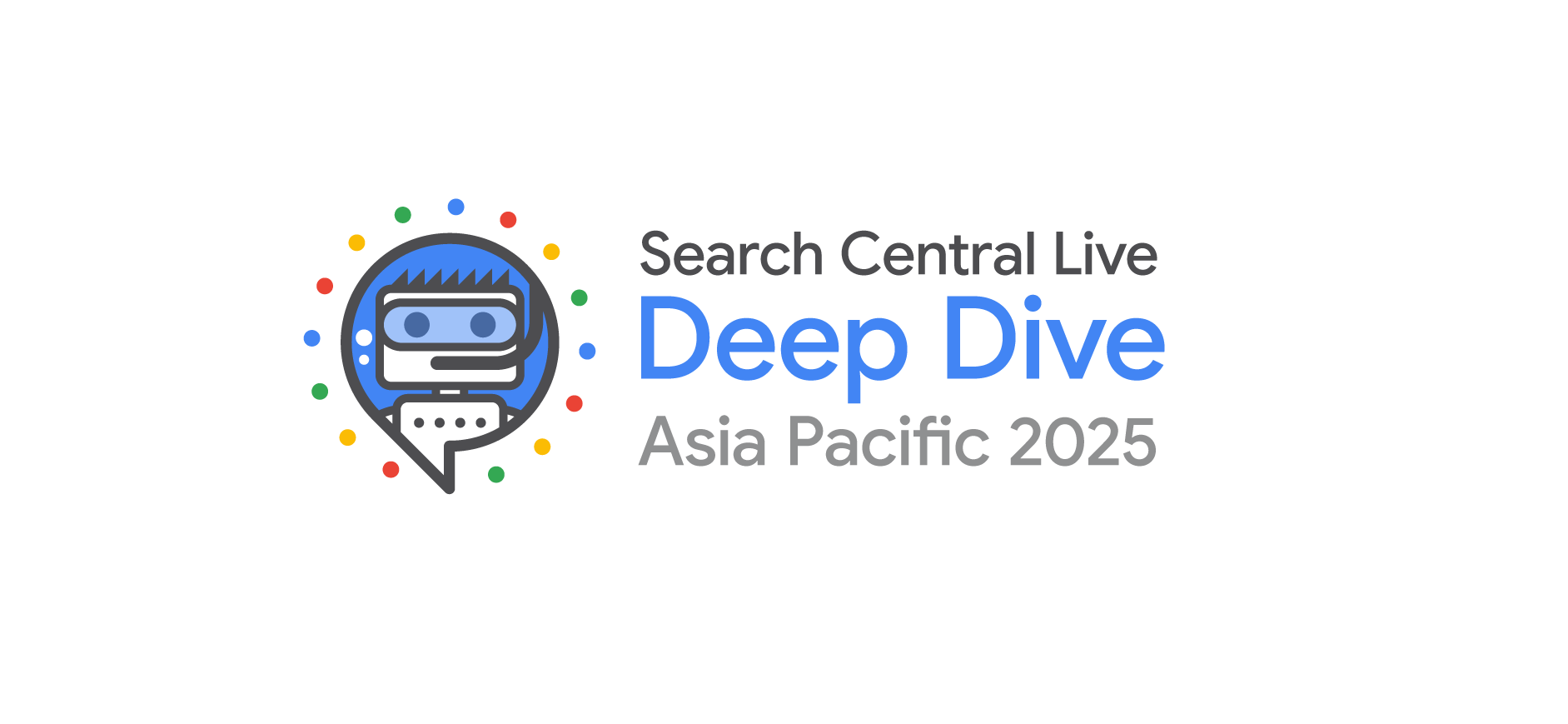


![How to Create an SEO Forecast [Free Template Included] — Whiteboard Friday](https://moz.com/images/blog/banners/WBF-SEOForecasting-Blog_Header.png?auto=compress,format&fit=crop&dm=1694010279&s=318ed1d453ed4f230e8e4b50ecee5417#)




![What Is a Markup Language? [+ 7 Examples]](https://static.semrush.com/blog/uploads/media/82/c8/82c85ebca40c95d539cf4b766c9b98f8/markup-language-sm.png)



